Featured GNS Courses for Fall 2017
Scandinavian Literature: From the Middle Ages to 1900
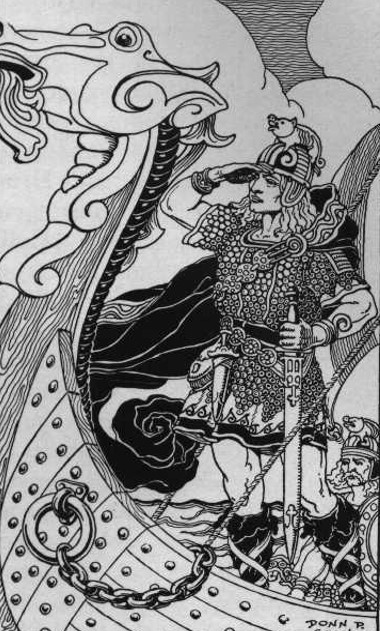 Literature in Translation 271/Scandinavian Studies 373
Literature in Translation 271/Scandinavian Studies 373
Instructor: Scott Mellor
TR 11:00-11:50 with optional discussion sections.
Spanning centuries of literature, our journey in this course begins with the epic sagas of the Vikings—trilling tales of warriors, kings, adventure, seafaring exploration, and bloody feuds—and Norse mythology. (Yes, Thor makes an appearance—wearing a dress no less!) But Scandinavian literature is much more than Vikings and the god of thunder. As Scandinavia transformed from feudal kingdoms into the modern industrial nations, its prose and drama was among the most revolutionary and adventurous in Europe. We will study the Enlightenment with figures such as Carl Linnaeus (father of modern taxonomy), Romanticism with the fairy tales of Hans Christian Andersen, and the revolutionary novels of Knut Hamsun, whose innovations still influence literature today. See all of our Literature in Translation course offerings for fall 2017.
This course fulfills the literature requirement, can be taken for Comm-B credit, and has an honors option.
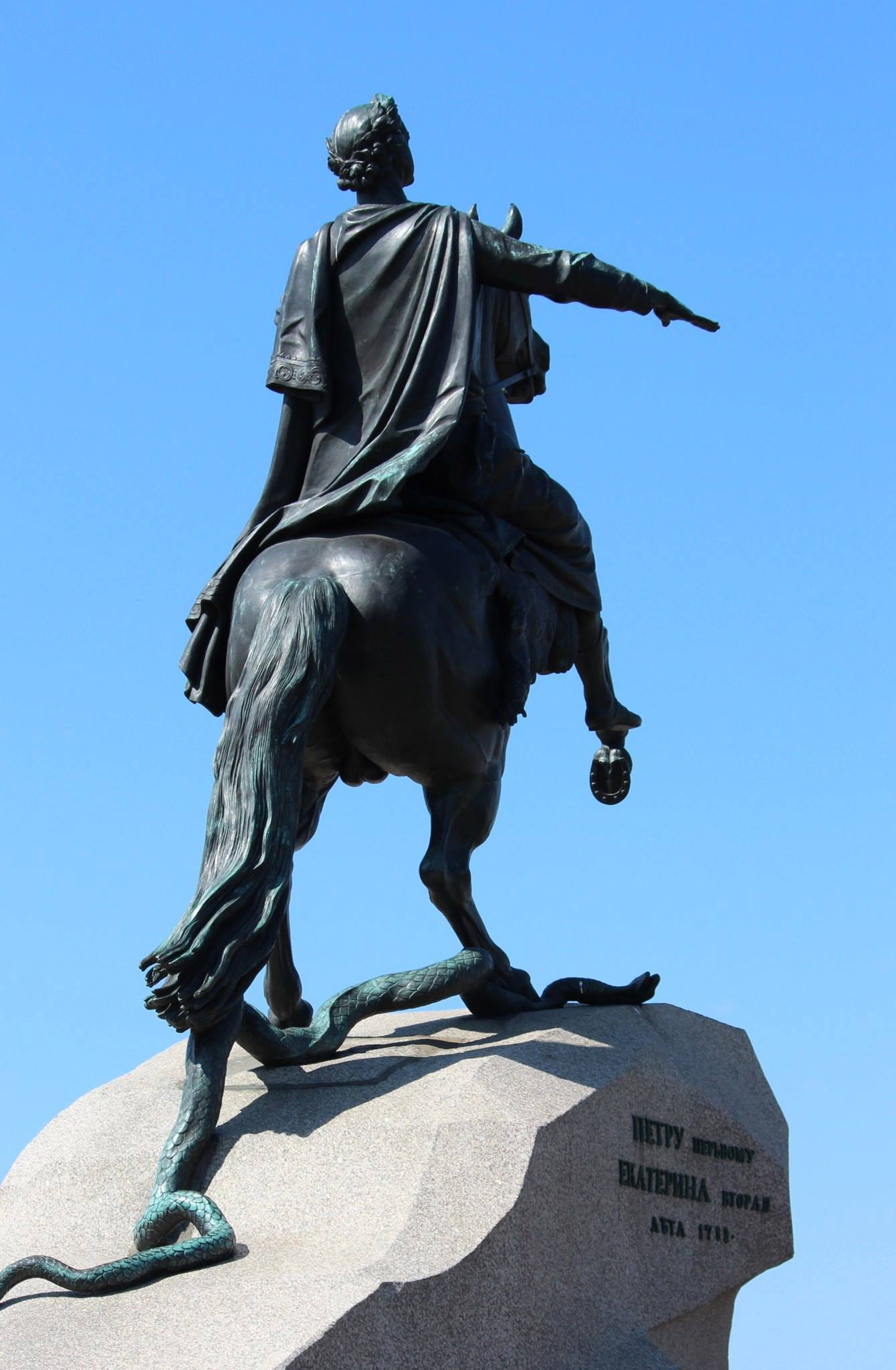
19th and 20th Century Russian Literature in Translation I
Literature in Translation 201 & 203
Instructor: Irina Shevelenko
MWF 9:55-10:45 with optional discussion sections
“If the Russians are mentioned one runs the risk of feeling that to write of any fiction save theirs is a waste of time.” Virginia Woolf’s famous statement refers above all to the 19th-century Russian realist novelists, and their works will be at the center of our course. Works to be studied include poetry and prose by Pushkin, short stories by Gogol, and novels by Lermontov and Turgenev. A substantial portion of the course will be devoted to two of the greatest novels in world literature –Dostoevsky’s Crime and Punishment and Tolstoy’s Anna Karenina. All the works are direct encounters, like all the best works of Russian literature, with the “accursed questions” of life, love, evil, violence, crime, punishment, guilt, redemption, faith, sex, death and the other usual suspects. The main aim of the course is to facilitate and encourage in turn the individual reader’s close encounter with the aesthetics and ethics of these works. See all of our Literature in Translation course offerings for fall 2017.
This course fulfills the literature requirement, and can be taken for Comm-B credit.
Introduction to German Literature
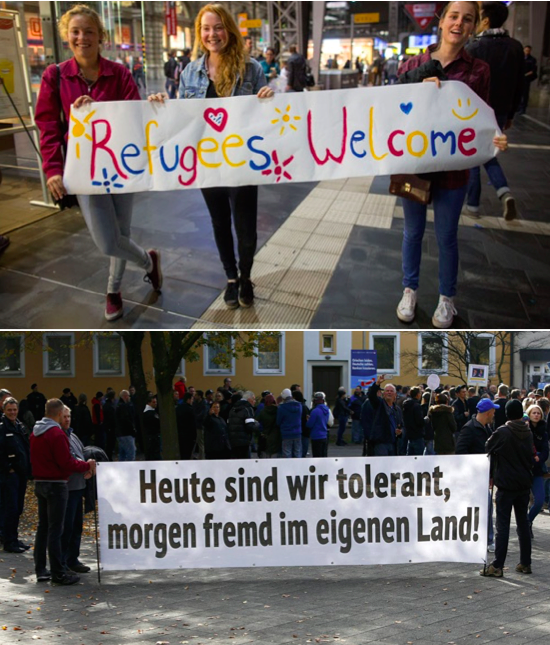
German 274/284
Instructor: Hannah Eldridge
MWF 9:55-11:50
Would you like to improve your German and deepen your knowledge of German culture in a special intensive course? Then this course is for you! This 6-credit intermediate German course meets three times weekly and substitutes for German 258 and German 262, putting you on track for rapid completion of the major or certificate. You will improve your language skills, focus on the deep relationship between language and culture, and work on gaining the intercultural competence valued by employers in a globalized world. The high level of face-to-face time and the small class size mean students receive extensive personal attention and form a close community with their peers. For more information, see the course description page or contact Professor Hannah Eldridge with any questions. See all of our German course offerings for fall 2017.
This course fulfills the literature requirement and has an honors option.
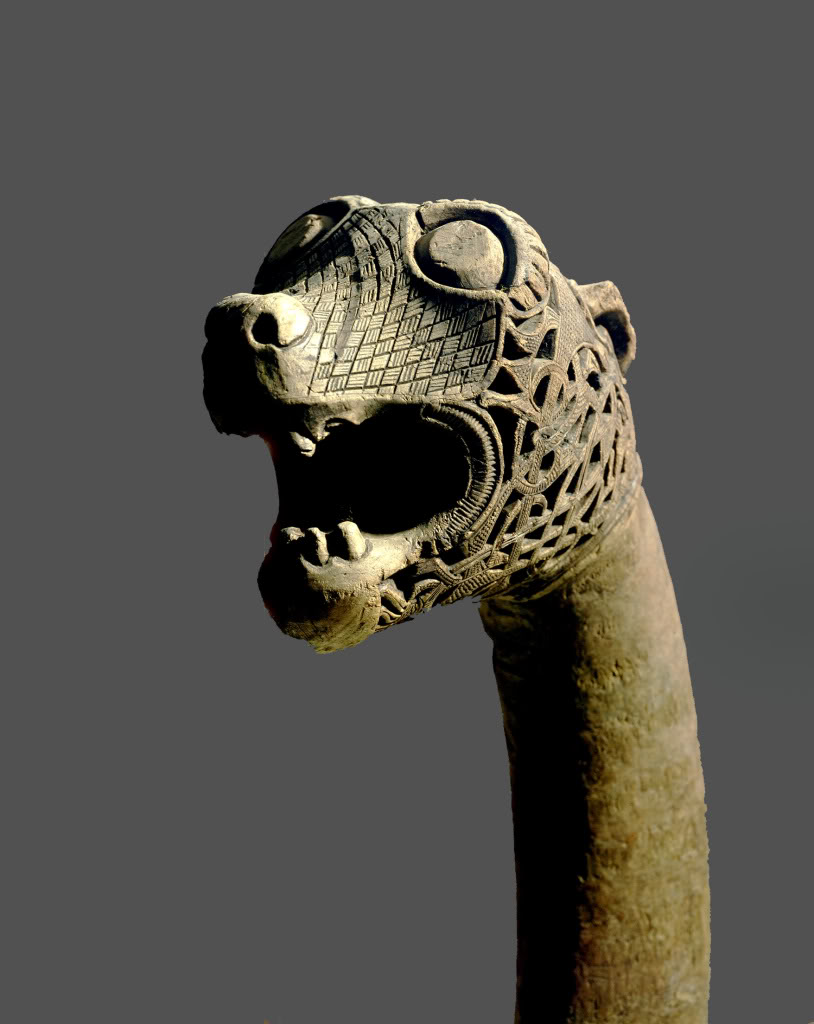
History of Scandinavia to 1815
History/Scandinavian Studies 431
Instructor: Dean Krouk
TR 11:00 – 12:15
Myths and images of Vikings are everywhere, but what was really going on in Scandinavia during the Viking Age (793-1066)? And what happened in the Nordic countries between the Viking Age and the modern period? Come learn about Viking explorations, raids, religions, kingdoms, daily life, and more! Learn to critique how images of the Viking and medieval past have been used and abused over the centuries. Since this class surveys Scandinavian history all the way up to 1815, you will also learn about the fascinating changes in Northern Europe during the Reformation and Enlightenment. In addition to primary and secondary historical texts, this course uses literature and film to access and imagine the Scandinavian past. See all of our Scandinavian Studies course offerings for fall 2017.
Counts for the Humanities or Social Sciences breadth requirement and has an honors option. Sophomore standing required.
Slavic and East European Folklore: The Magic of Slavic Folktale
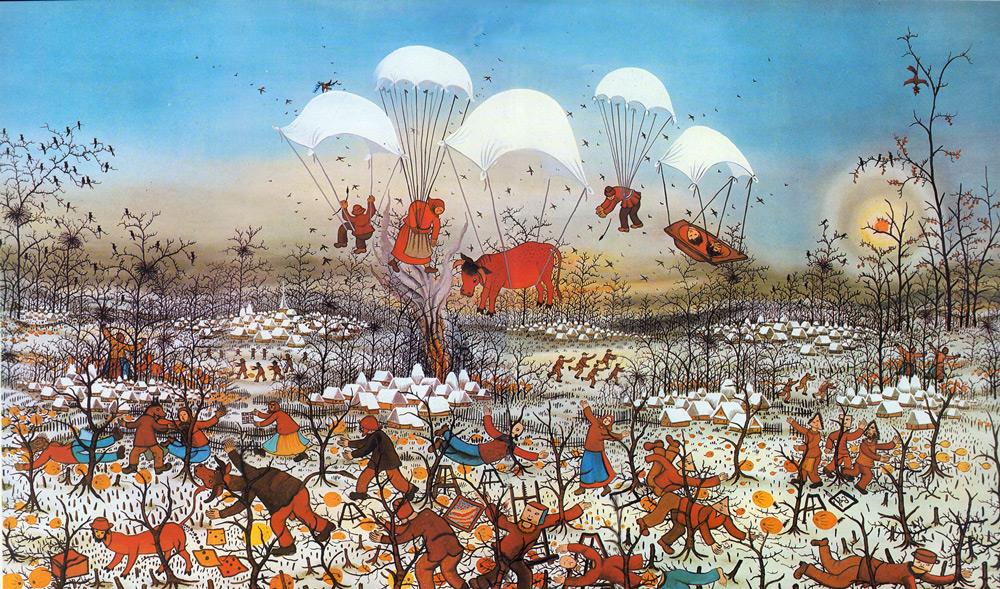
Slavic 444/Folklore 380
Instructor: Tomislav Longinović
TR 11:00-12:15
If you are interested in the magic world of vampires, werewolves, wise sages, evil grandmothers and gold-haired beauties, this class is for you! Learn how the stories are invented, told and recorded to pass down the folk wisdom and ward off evil influences in the age before the modern science started treating them as superstition. The course will focus on the folktale as a narrative genre within the Slavic and East European region, drawing on stories from Russian, Hungarian, Polish, Czech, Serbian, Croatian, Romanian and other particular national traditions of its diverse populations. See all of our Slavic course offerings for fall 2017.
FROM GUTENBERG TO THE IPAD: BOOKS, WORLD, LITERATURE
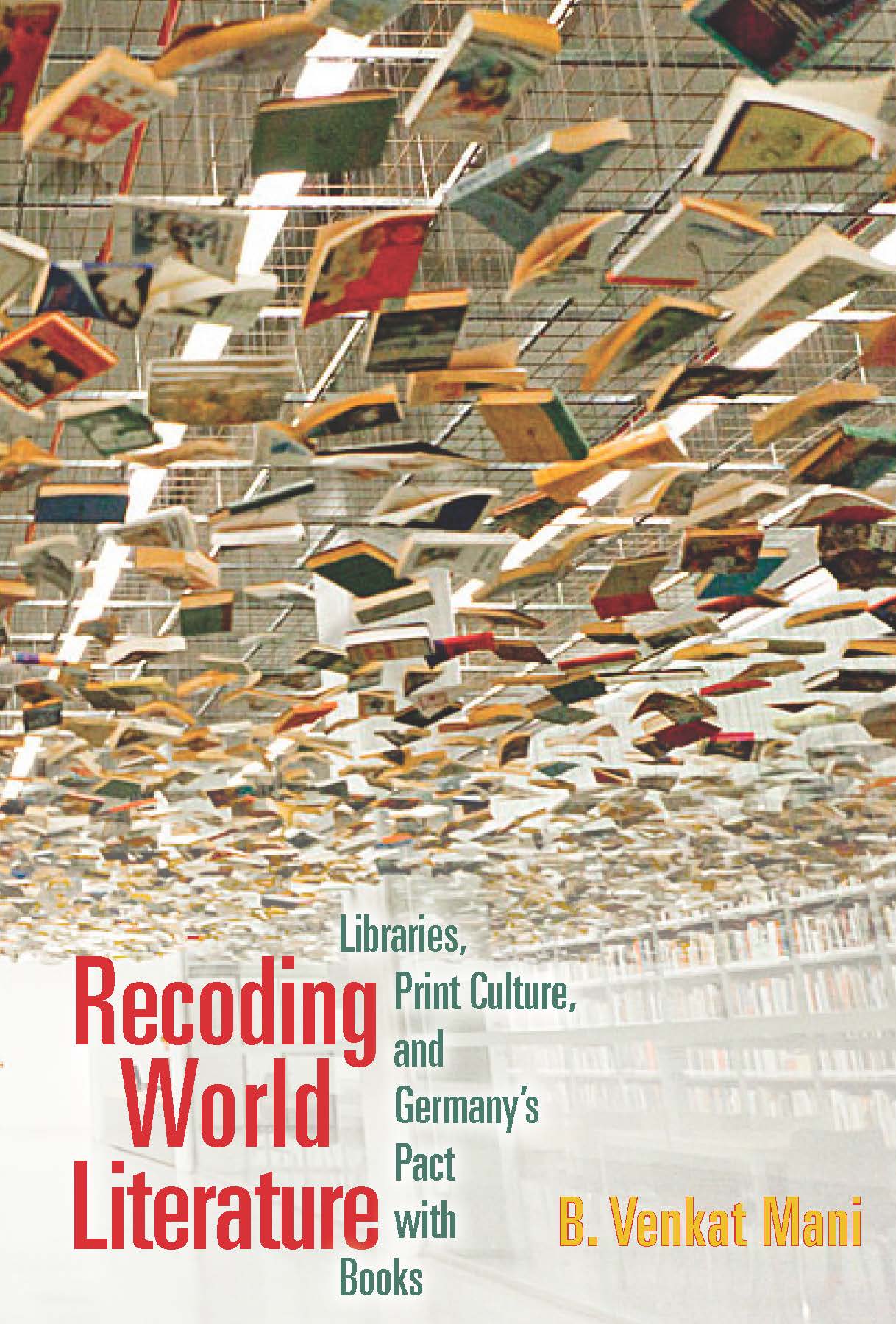
German/Literature in Translation 236
Instructor: B. Venkat Mani
TR 9:30–10:45
If you love (and/or hate) books and libraries, this is a course for you! This is a course about the social lives of books, libraries, and readers like you. How do we read literature in an age of electronic reading devices and social media? What is a book? Is it merely a medium of access to the printed matter it carries within its covers, or something bigger? What is a library? Is it merely a collection of books, or something larger? What is a reader? Someone who turns the pages of a hefty volume or scrolls on a smartphone? How do we understand books, libraries, and readers in our current times, whereby advancement in digital technologies have led to a new kind of “Bibliomigrancy”—the migration of books and libraries into a virtual space? How does the transformation of books and libraries impact our access to literature? What is the relationship between the book, the library, the reader, and literature? These and other questions will fuel our discussions in the course “From Gutenberg to the iPad.”
The course begins with a discussion of stone tablets, and through mass-print circulation in Europe with Gutenberg’s printing press in the 15th century as a turning point, we will end in our current age of electronic reading devices. we will be reading literary works (and watching films) where books, libraries, and readers play a central role in the narrative. We will also discuss digital public libraries such as Europeana, the Digital Public Library of America, institutions such as Nobel Prize and Booker Prize, controversies in the book industry, book fairs and literary festivals, as well as new electronic reading media.